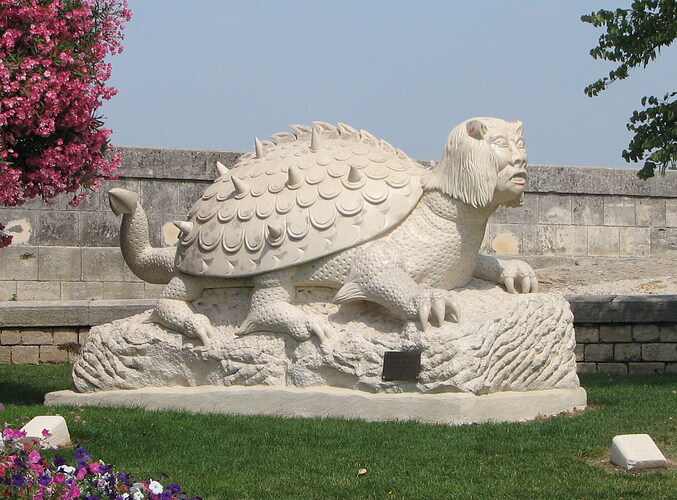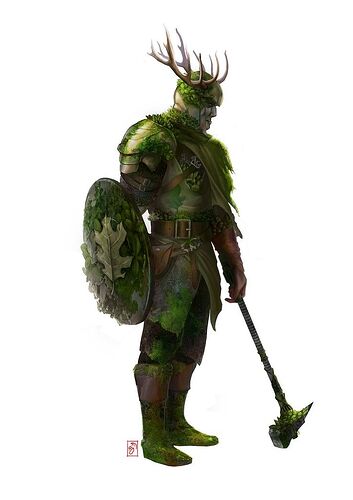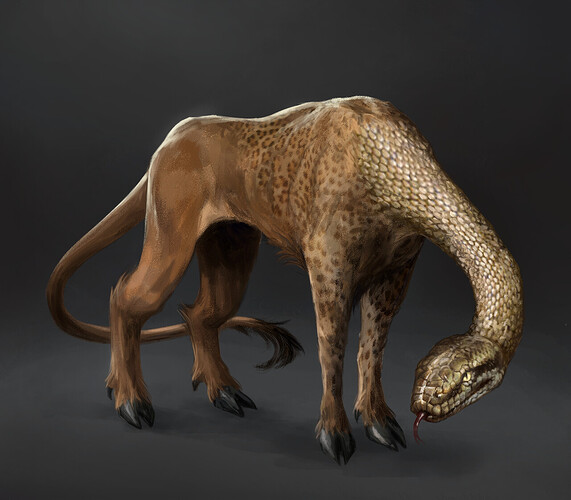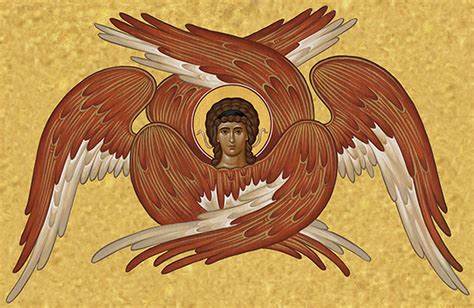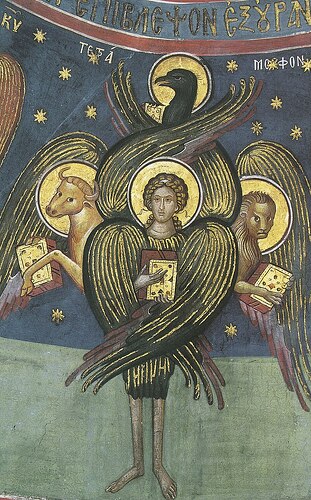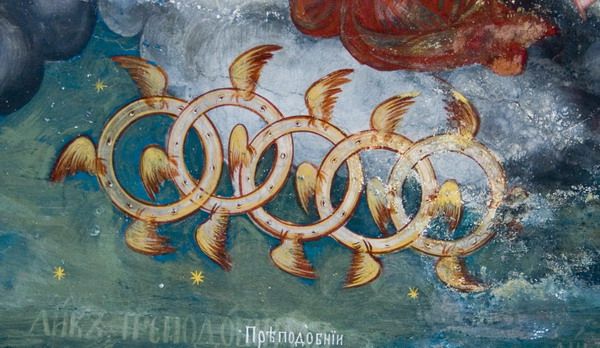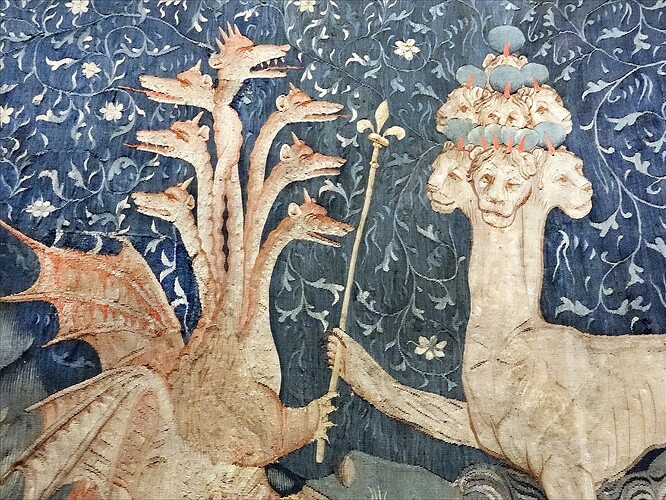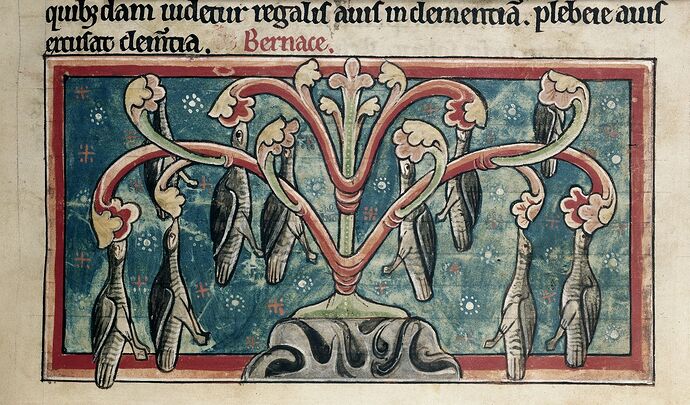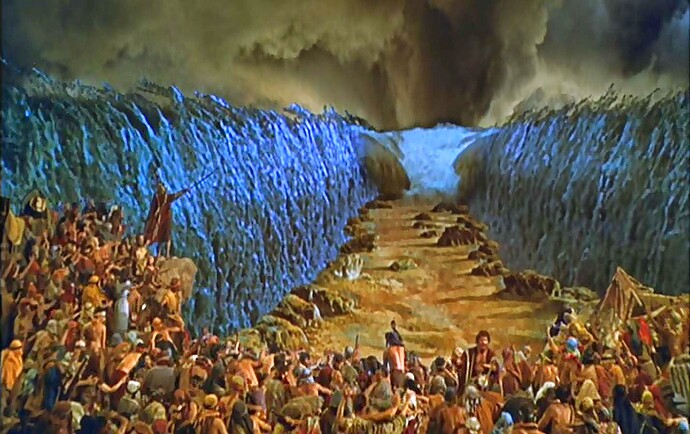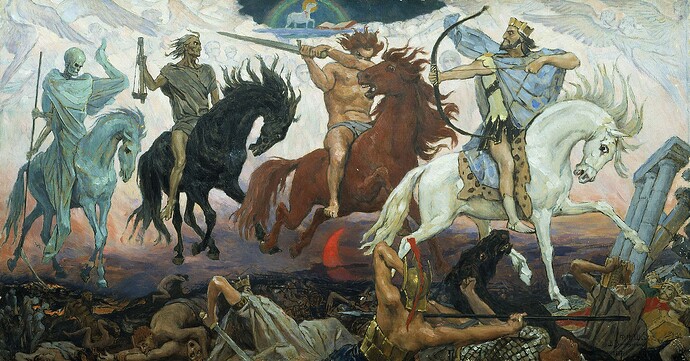Disclaimer
This is not an advertisement for a Christian civilisation.
This thread does not mean that I want a Christian civilisation over any Polytechnic Pantheon.
This thread is about discussing possibilities to make a Christian faction work within the Framework of AoM(R).
Inspiration
The civilisations are inspired by Early Medieval (Dark Age) myths and legends particularly the tales of King Arthur, Sigurd the Dragon Slayer and Roland the most famous Paladin of Charlemagne.
The buildings should all use Pre-Romanesque or Romanesque architecture and not later medieval styles like Gothic.
Mythical Age unit should be on a similar technological level as current Norse Mythical Age units whit Kite Shields and without plate amour.
A lot of the units and mechanics are clearly inspired by AoE4 and that is not a coincidence.
The Greeks were designed to hook in AoE2 players, so I designed the Christian Civilisation to hook in AoE4 players.
The 3 sub civilisations are inspired by German, French and British myths.
Archangels
Instead of Major Gods you choose Archangels.
They are the most important messengers of the one God and therefore have similar powers compared to Gods in Polytheistic religions.
Michael
- Focused on Infantry and Military in general
- Infantry have more HP
- Unique Unit: Teutonic Knight
- Unique Hero: Sigurd
- God Power: Can grant Infantry wings that allows them to temporarily fly
Gabriel
- Focused on Economy
- Villagers train faster
- Keeps are cheaper
- Unique Unit: Paladin
- Unique Hero: Roland
- God Power: Can see what technologies the enemy is researching or has researched including Age Ups
Raphael
- Focused on Archers
- Garrisoned units heal faster
- Civil units move faster (Villagers, Traders, Monks, Fishing Ships and Transports)
- Unique Unit: Long Bowmen
- Unique Hero: King Arthur
- God Power: Temporary increases speed of all unity (military and economically)
Age up Mechanic: Churches
- Christians Age up by building Churches
- They function like Landmarks from AoE4
- They have bonuses that are tied to the building itself
- They research mythological technologies and train myth units
- Each Church has the patronage of a different Saint
- The bonuses granted are based on the Saint
- The Churches are inspired by Pre-Romanesque architecture but not based on real Churches
The reasoning behind this that there are obviously no “Minor Gods” and just letting Saints replace them 1 to 1 would be strange. So I choose to use the Age up System from AoE4 to make clear that Saints are not the same as gods.
Buildings and Units
Monastery
- I Monk (Heals units, picks up relics and converts enemies, is not a Hero)
- IV Inquisitor (Bonus damage vs. Heretics (other Christians))
- IV Crusader (Bonus damage vs. Heathens (none Christian units))
Monks
- Can Heal and pick up Relics in Archaic Age
- Can be upgraded to convert enemies in later Ages
- Successful conversion cost 1 Favour per enemy unit population
- Myth units and Heroes are immune to conversions
- Do receive full damage from Myth units because they are not heroes
Barracks
- II Pikeman (basic Infantry)
- III Man at Arms (Heavy Infantry, good against other Infantry)
Archery Range
- II Bowman (basic Archer)
- III Crossbowman (Archer with bonus damage vs. Heroes)
Stable
- II Horseman (Basic Cavalry)
- III Knight (Hero Cavalry)
Keep
- III Springald (Anti Siege Siege unit)
- III Capped Ram (Melee Siege unit)
- IV Trebuchet (Long range Siege unit)
Unique Units
- Teutonic Knight (Replaces Man at Arms, better armoured but slower sleep)
- Paladin (Replaces Knight, higher HP but higher costs)
- Long Bowman (Replaces Bowman, longer range but slower speed)
Favour generation: Tithe
10% of all resources collected by Christian Villagers around Monasteries are donated to them. Trade, resource trickles and converted enemy Villagers are excluded from that.
The resources are split into 4 equal parts:
- Goes into Favour generation
- Goes into the wealth of the Monastery
- Goes into reinforcing the Monastery
- Goes into healing allied units
1. Favour
It’s just a Favour generation. Not sure if 1 to 1 would be too much. Maybe 1 to 0.5.
2. Wealth of the Monastery
It’s a Gold value that accumulates in the Monastery. It can not be accessed by the player, only looted by the enemy.
3. Reinforcement of the Monastery
It improves the HP of the monastery unit it reaches a limit.
If enemies damage the Monastery they get Gold equivalent to the damage they cause.
If the HP limit is reached the Monastery gains a small permanent Favour and Gold trickle. But this trickle is gone if the Monastery in damaged.
4. Healing allies
The Monastery can save up some healing when there are no damaged units around.
Other then that it just heals units nearby as long as it collects resources.
Effect on the gameplay
Monasteries give you a good and reliable Favour income but they cost you a little bit of your economy, similar to the Greek Trade-off.
The interesting part is that Monasteries become prime targets for your enemy since they can loot Gold from them but at the same time they can become very durable since they gain more HP as they gain more wealth.
This creates a gameplay dynamic where your enemy is trying to raid you Monasteries similar to historic Viking raids.
Heroes
Every Archangle has a unique Hero that spawns at the beginning of a match similar to a Pharaoh.
The heroes work like Jeanne d’Arc from AoE4, they level up by doing things and become more powerful by doing so.
Level 1
- The Heroes function like Villagers
- They can experience by collecting resources and building buildings
Level 2
- The Heroes become Soldiers
- All 3 of them become a Melee Infantry
- They can a strong bonus vs. Myth units
- They gain the most experience from killing Myth units
- They can not pick up Relics like most heroes
Level 3
- King Arthur and Rolland become a Cavalry unit, Sigurd stays an Infantry
- They now all gain a heroic Aura
- Sigurd: Increases melee armour of nearby human units (including Siege)
- Roland: Increases work rate of nearby villagers
- King Arthur: Attack speed of nearby human units (excluding Siege)
- All Heroes gain unique bonuses
- Sigurd: Very high Melee armour
- Roland: Can assist building construction (speeds up construction of one building)
- King Arthur Deals Divine Damage
Level 4
- All Heroes gain a unique ability
- Sigurd: Becomes temporarily almost invincible (99% armour against everything but Divine damage)
- Roland: Uses his Olifant to teleport to make all military units teleport to his position but he dies in the process
- King Arthur: Uses Excalibur to temporarily deals very high damage to all units (not buildings)
Knights
- Have higher base stats then most Heroes but do less bonus damage vs. Myth units
- Similar to old Jarls
- Since they are officially Heroes the take less damage from Myth units and are immune to most of their abilities
- Can not pick up Relics
Monks
- Are not heroes
- Can pick up relics
Myth units
I’m not going to make a list of all possible Saints and Myth units because that would be a little to long and would take more research.
Feel free to suggest more things.
Dragons
- There should be multiple Dragon based Myth units
- Dragons are cool!
- Flying ones, walking ones, swimming ones
Golems
- More associated with Jews but still kinda fitting I think
- Were originally planned as a Greek unit for AoM
Witches
- Witch units really only started at the end of the Middle Ages but the believes are a lot older
- They could have all kinds of cool abilities
Angles
- Different kinds of Angles are perfect myth units
Titan: Seraph
The Seraphim are the most powerful type of angle.
They have 3 pairs of wings and are often depicted with many eyes or other monstrous things.
God Powers
There are a lot of examples of God doing powerful things in the Bible and tales about Saints.
Biblical Plagues would be a good start. They were targeted at Egypt so they perfectly fit into AoM. Locust Swarm is already an Egyptian God Power for example.
Thoughts
This concept is not complete. There are bonuses and stuff missing.
I did not make a list of potential Saint yet for example, I might add that later though since I already did some research on that.
I know that the idea of making a Monotheistic civilisation is something a lot of people don’t like but I think it’s still an idea worth discussing.
There is a lot of potential in a civilisation like that and it fits within the time frame if it only includes things from before 1000 AD.
Most of what we know of Norse Mythology comes from the Edda that was written down in the 13th century, after things like the Song of Roland were written down.
